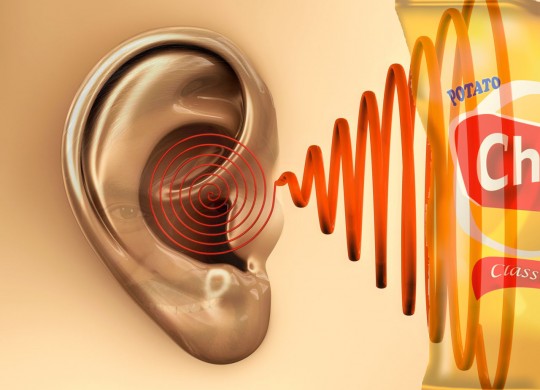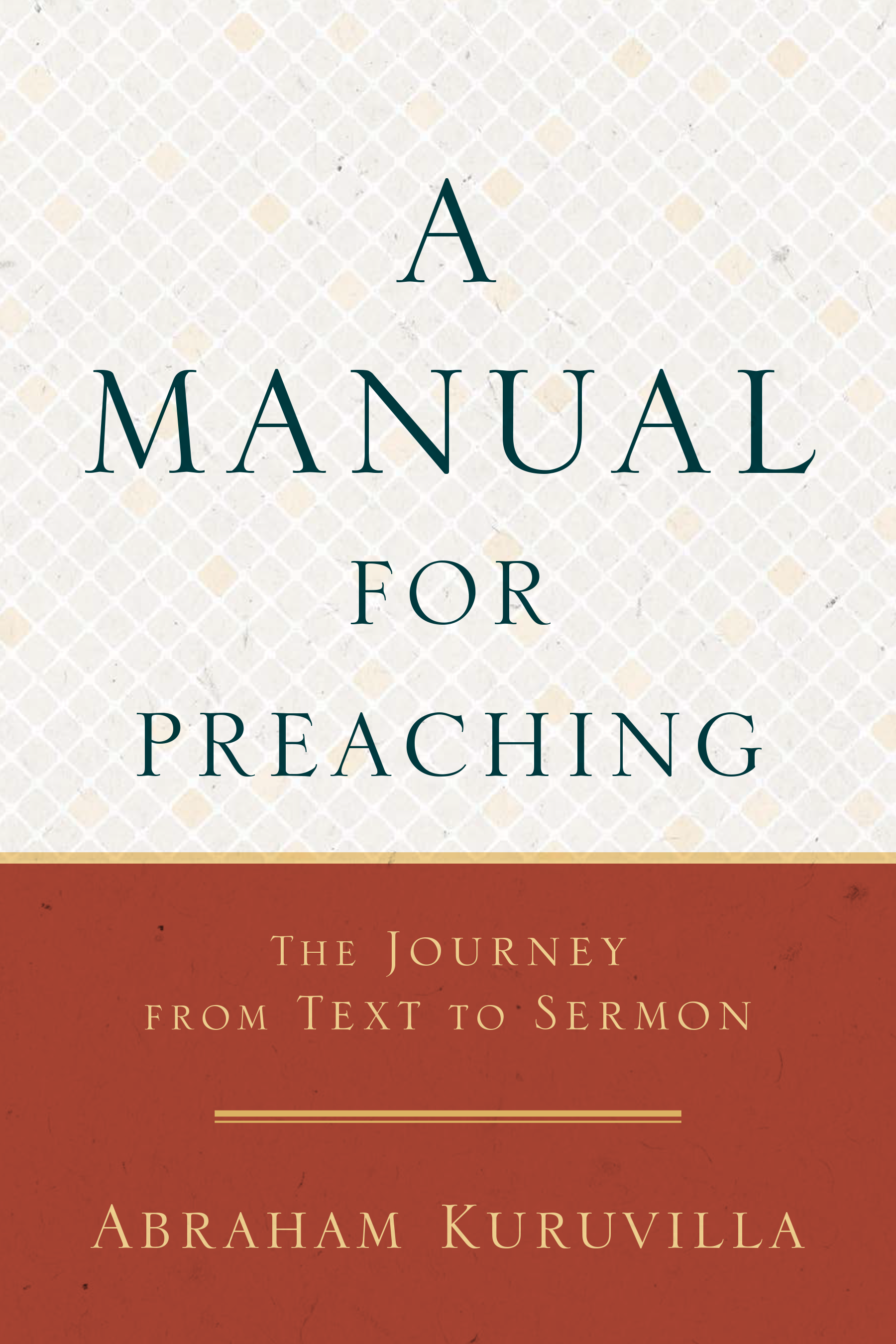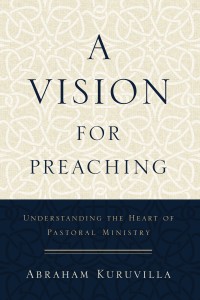Vibration!

Apparently seeing is hearing!
All you need is a bag of potato chips, preferably empty in your room. Someone can hear you, just by looking at said bag of said sliced and fried goods.
Well, not exactly. But researchers at MIT came close.
You see, sound is a mechanical wave that results from back and forth vibrations of the media through which it moves (air, water, etc.), creating compressions and rarefactions, like ripples in water when you drop a pebble. And when these c’s and r’s hit your tympanic membrane (ear drum), that sheet starts to vibrate. Its vibrations are transferred (and amplified) by means of three tiny bones (ossicles) in series, the last of which is juxtaposed to the “oval window,” a membrane covered opening into the inner ear. Now that membrane begins to vibrate, and its vibrations are transferred (and amplified again) to the fluid—perilymph—in the inner ear (actually in the cochlea). This in turn causes cells with hair (“cilia”) to sense these movements and motion is converted into electrical signals which are sent to the brain.
[Now you know more than you ever wanted to know about this stuff.]
Anyhow, the point is that sound waves set up vibrations which set up further vibrations, which set up other vibrations ….
Back to the empty bag of potato chips in the room where you are having a private conversation.
Well, those sound waves created by your vocal apparatus go everywhere in the room and hit everything in the room … including that bag of chips. And guess what? That bag begins to vibrate as well. Of course, you can’t see the vibrations.
Back to the geeks at MIT.
These folks recorded—from outside your room—the potato chip bag vibrating (invisibly), while you were having your private conversation. And then the scientists created an algorithm to reconstruct the sound from the tiny vibrations it caught on the ultra-sensitive video image.
Each sound makes a distinct vibration. And the decoding of those “visible” vibrations (visible, i.e., to a very sensitive video camera—that can detect even a thousandth of a pixel of movement) enables a reconstruction of the sound that generated those vibrations.
Here’s Abe Davis, a graduate student in electrical engineering and computer science at MIT and first author on the paper presented at Siggraph, the premier computer graphics conference:
When sound hits an object, it causes the object to vibrate. The motion of this vibration creates a very subtle visual signal that’s usually invisible to the naked eye. People didn’t realize that this information was there.”
They had somebody sing “Mary Had a Little Lamb,” while recording aforementioned snack bag, and reconstructed a recognizable version of aforementioned nursery rhyme! Not crystal clear, but clearly understandable.
Now someone is even trying to record color changes on skin, as your sound vibrations compress the blood vessels in a pattern unique to that sound!
Scary stuff!
All this to say, hearing has now become … seeing!
Actually, it is more. In Hebrew, hearing is also … obeying! Sound waves are meant to vibrate not just the tympanic membrane and the ossicles and the oval window and the perilymph and stuff. God’s voice is intended to vibrate our bodies into action—obedience.
“… hear [obey] obediently my commandments
which I am commanding you today.”
Deuteronomy 11:13
“All that the LORD has spoken we will do,
and we will hear [obey]!”
Exodus 24:7
“Has the LORD as much delight in burnt offerings and sacrifices
As in hearing [obeying] the voice of the LORD?”
1 Samuel 15:22
Let’s get some vibration going, shall we?












 Abe Kuruvilla is the Carl E. Bates Professor of Christian Preaching at The Southern Baptist Theological Seminary (Louisville, KY), and a dermatologist in private practice. His passion is to explore, explain, and exemplify preaching.
Abe Kuruvilla is the Carl E. Bates Professor of Christian Preaching at The Southern Baptist Theological Seminary (Louisville, KY), and a dermatologist in private practice. His passion is to explore, explain, and exemplify preaching.
2 Comments
I felt like I was back in grad school in one of my audiology classes. Leave it to you to tie hearing to seeing to obeying. Guess only the addition of seeing is original with you; great reminder as always.
Thanks, A.